AbPlus™ Anti-JUN Magnetic Beads (CBACN-148)
CAT#: VS-0424-XY164
The AbPlus Anti-JUN Magnetic Beads (CBACN-148) is an innovative affinity resin which is bound with anti-JUN specific antibody (CBACN-148). The beads were designed for small-scale affinity purification and immunoprecipitation (IP) of JUN protein under native and denaturing conditions.












Specifications
- Applications
- Immunoprecipitation, Protein Purification
- Matrix
- Magrose bead (> 50 μmol/mL gel)
- Bead Ligand
- Anti-JUN specific antibody (CBACN-148)
- Target
- JUN
- Immunogen
- N terminus of human JUN
- Target Species
- Human, Mouse, Rat
- Antibody Clone
- CBACN-148
- Bead Capacity
- 20-30 mg/mL binding antibody
- Bead size
- 10-37 μm
- Stability
- pH 2-14
- Format
- 20% Suspension
- Buffer
- PBS, pH 7.4, with 1% BSA
- Preservative
- 0.03% Proclin 300
- Storage
- Stored at 4°C, and is stable for up to 2 years. Do not centrifuge, dry or freeze the magnetic beads.
Applications
- Application Notes
- The beads are in suspension and will settle upon storage. Prior to use, mix the vial gently (do not vortex) to ensure delivery of proper bead volume.
Target
- Introduction
- This gene is the putative transforming gene of avian sarcoma virus 17. It encodes a protein which is highly similar to the viral protein, and which interacts directly with specific target DNA sequences to regulate gene expression. Diseases associated with JUN include Sarcoma and Pertussis. Among its related pathways are Activated PKN1 stimulates transcription of AR (androgen receptor) regulated genes KLK2 and KLK3 and Common Cytokine Receptor Gamma-Chain Family Signaling Pathways.
- Alternative Names
- AP1; p39; AP-1; c-Jun
- Gene ID
- 3725
- UniProt ID
- P05412
Customer Review
There are currently no Customer reviews or questions for VS-0424-XY164. Click the button above to contact us or submit your feedback about this product.
Submit Your Publication
Published with our product? Submit your paper and receive a 10% discount on your next order! Share your research to earn exclusive rewards.
Related Signaling Pathways
Related Diseases
Downloadable Resources
Download resources about recombinant antibody development and antibody engineering to boost your research.
Datasheet
MSDS
COA
Certificate of Analysis LookupTo download a Certificate of Analysis, please enter a lot number in the search box below. Note: Certificate of Analysis not available for kit components.
See other products for "JUN"
Select a product category from the dropdown menu below to view related products.
| CAT | Product Name | Application | Type |
|---|---|---|---|
| BRD-0043MZ | Chicken Anti-AP-1 Polyclonal IgY | WB | Chicken antibody |
| CAT | Product Name | Application | Type |
|---|---|---|---|
| MOR-1902 | Hi-Affi™ Recombinant Rabbit Anti-JUN Monoclonal Antibody (DS1902AB) | IP, WB | IgG |
| CAT | Product Name | Application | Type |
|---|---|---|---|
| VS3-QX619 | Mouse Anti-JUN Recombinant Antibody (clone 10G2-2G3-1F4) | IHC | Mouse IgG1 |
| VS3-QX620 | Mouse Anti-JUN Recombinant Antibody (clone 6A3-7A8-8H3) | IHC | Mouse IgG1 |
| VS3-QX621 | Mouse Anti-JUN Recombinant Antibody (clone 6H6-4D9-2G5) | IHC | Mouse IgG1 |
| VS3-QX622 | Mouse Anti-JUN Recombinant Antibody (clone 4H7) | WB | Mouse IgG1 |
| VS3-QX623 | Mouse Anti-JUN Recombinant Antibody (clone 1306CT545.208.117) | WB | Mouse IgG1, κ |
| CAT | Product Name | Application | Type |
|---|---|---|---|
| VS-1024-XY126 | Mouse Anti-NHP JUN Recombinant Antibody (clone 5B1) | WB, IHC, IF, ELISA | Mouse IgG1 |
Popular Products

Application: WB, FuncS, IF, Neut, ELISA, FC, IP

Application: FC, IP, ELISA, Neut, FuncS, IF, WB

Application: FC, IP, ELISA, Neut, FuncS, IF, ICC

Application: Neut, ELISA, IF, IP, FuncS, FC, ICC

Application: WB, ELISA, FuncS

Application: WB, ELISA, IF

Application: FC, ADCC, CDC, Inhib
-2.png)
Application: ELISA
For research use only. Not intended for any clinical use. No products from Creative Biolabs may be resold, modified for resale or used to manufacture commercial products without prior written approval from Creative Biolabs.
This site is protected by reCAPTCHA and the Google Privacy Policy and Terms of Service apply.















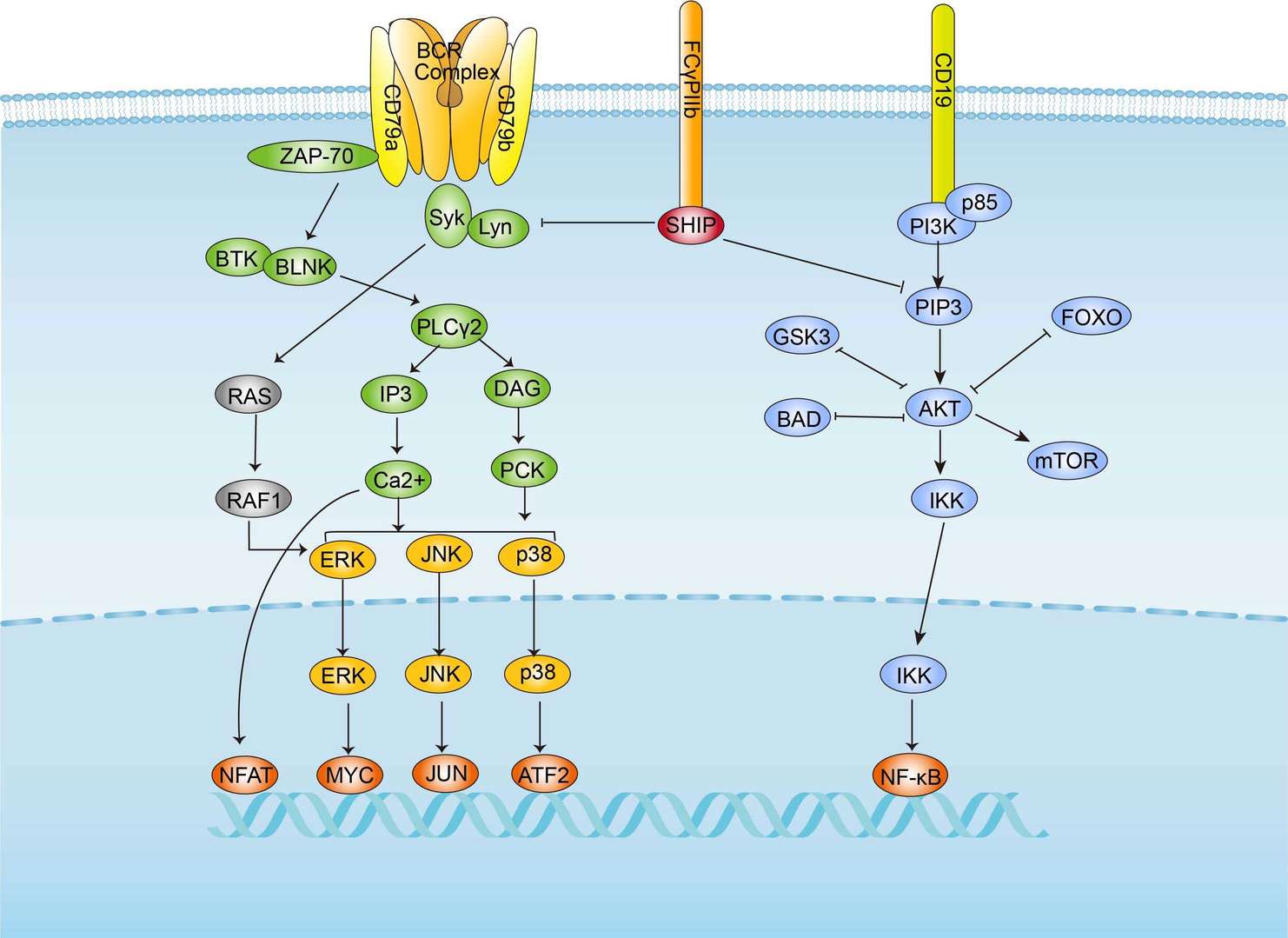 BCR Signaling Pathway
BCR Signaling Pathway
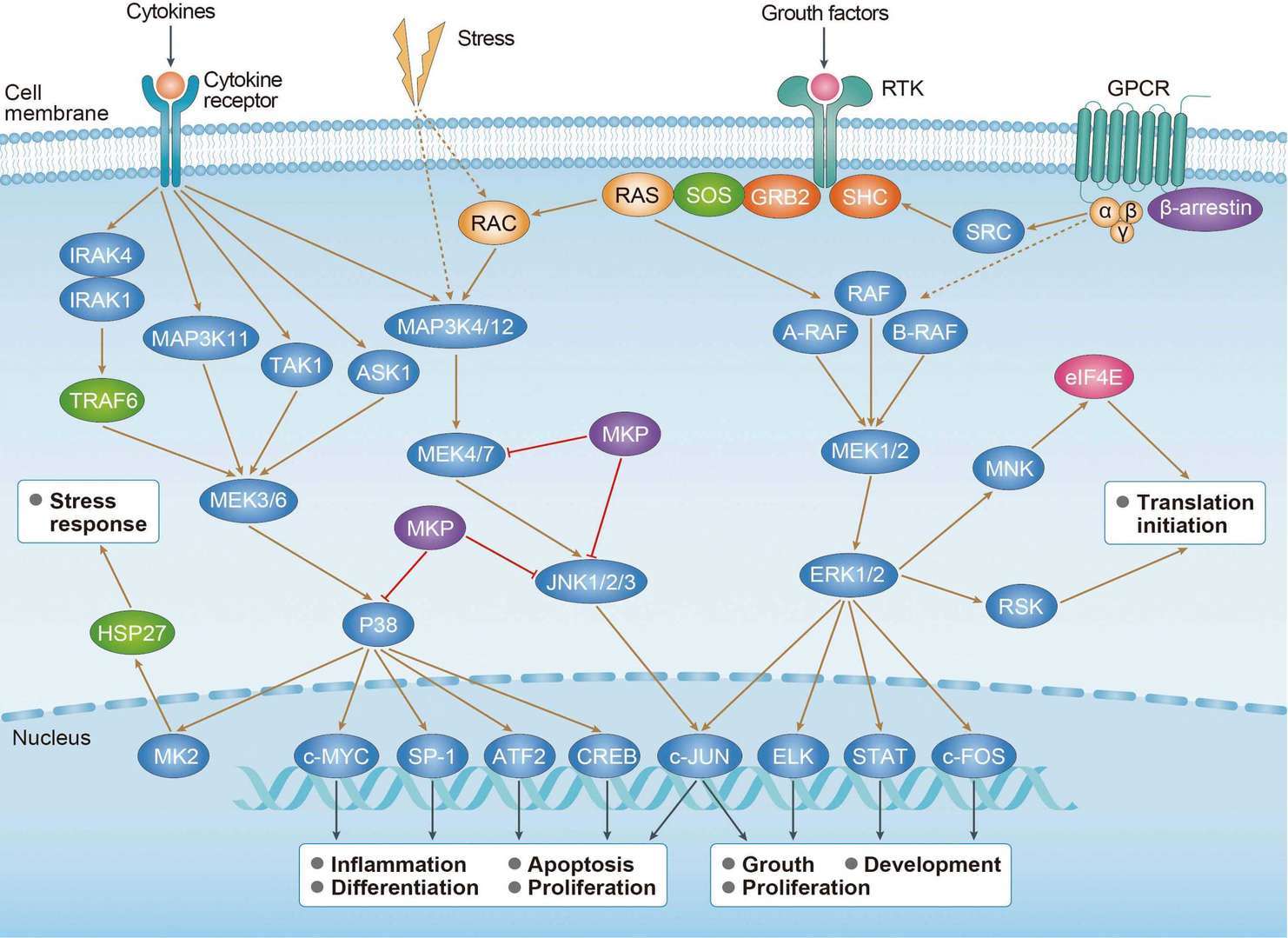 cAMP Signaling Pathway
cAMP Signaling Pathway
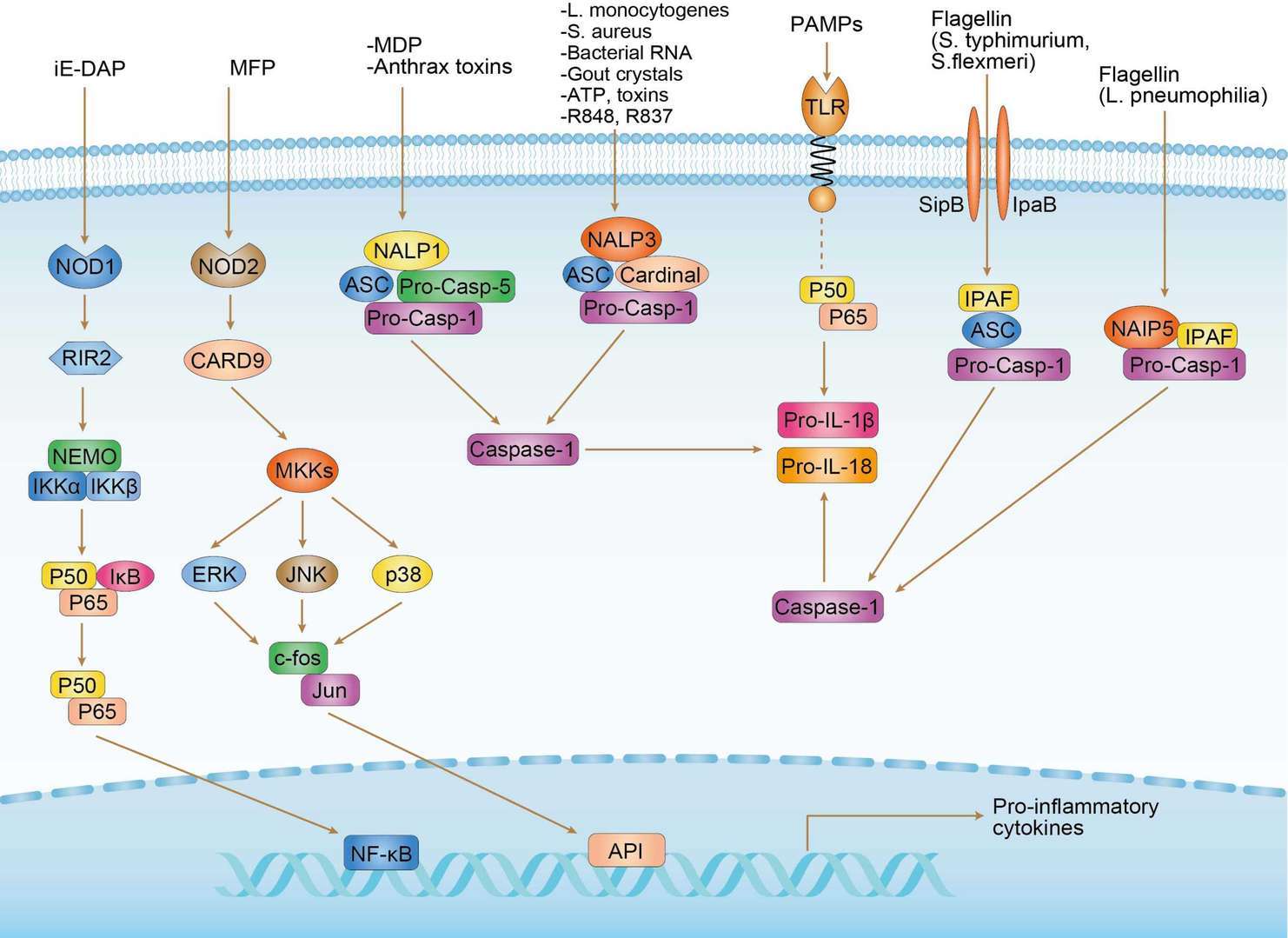 NLR Signaling Pathway
NLR Signaling Pathway
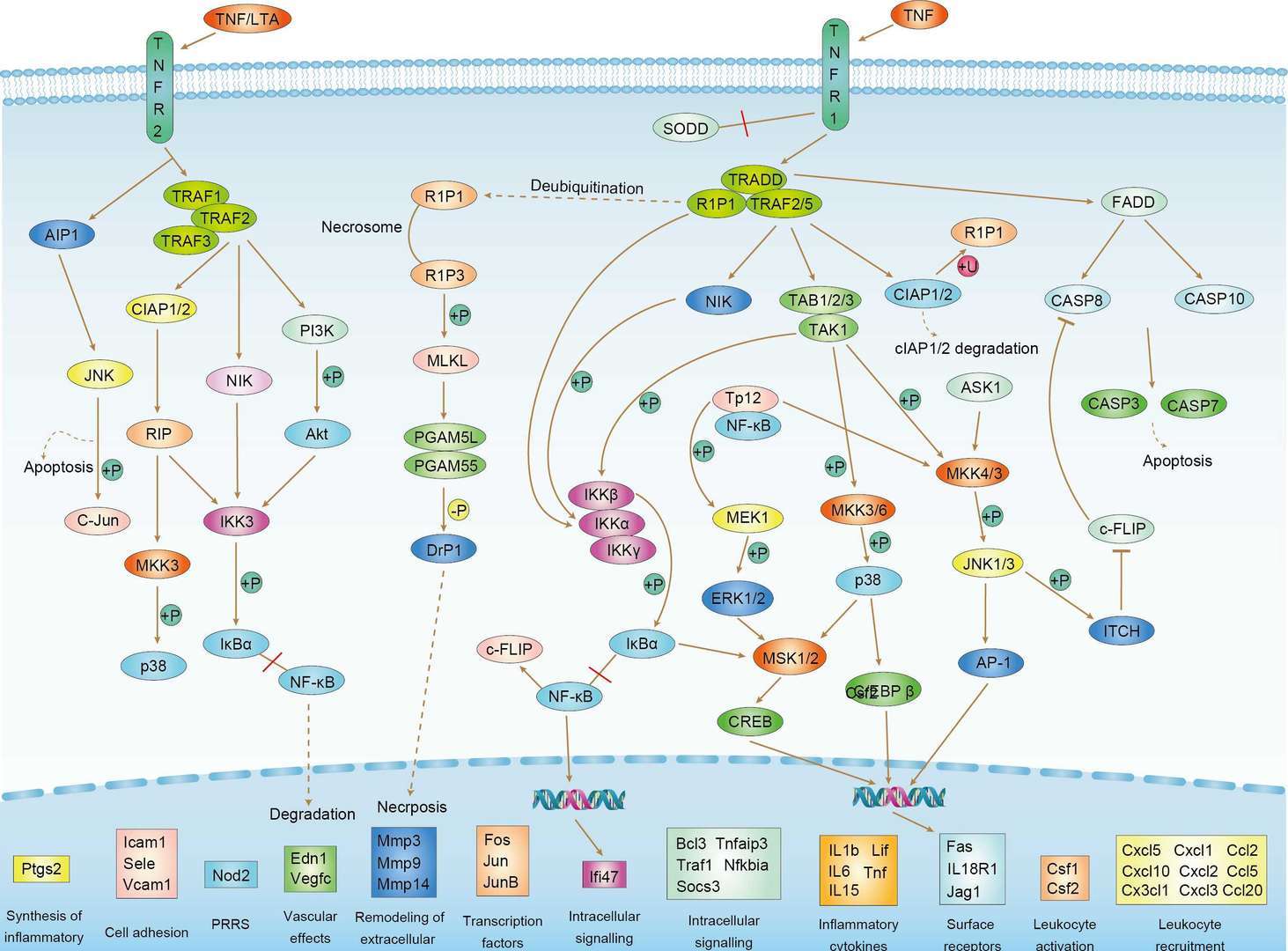 TNF Signaling Pathway
TNF Signaling Pathway
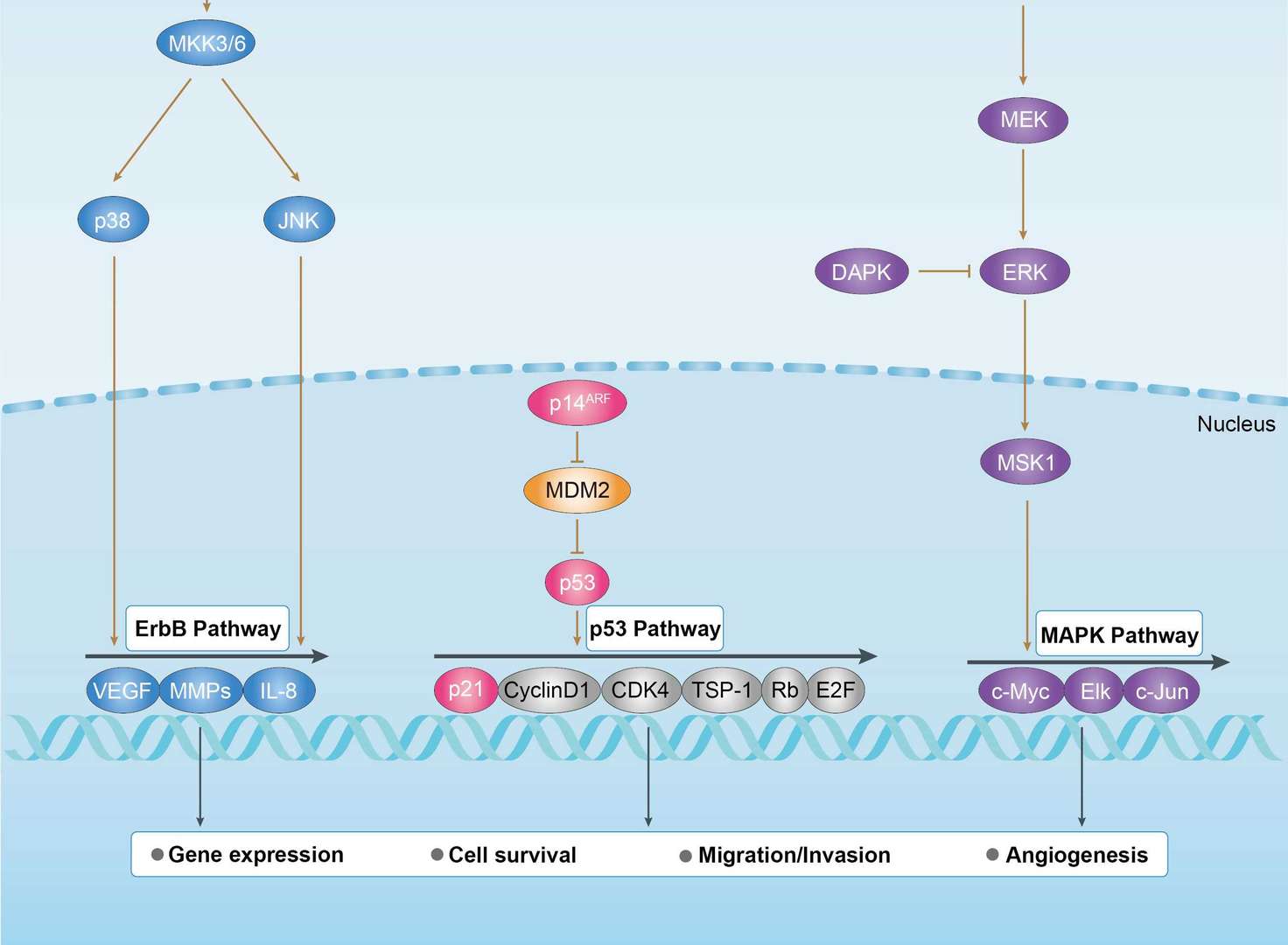 Bladder Cancer
Bladder Cancer
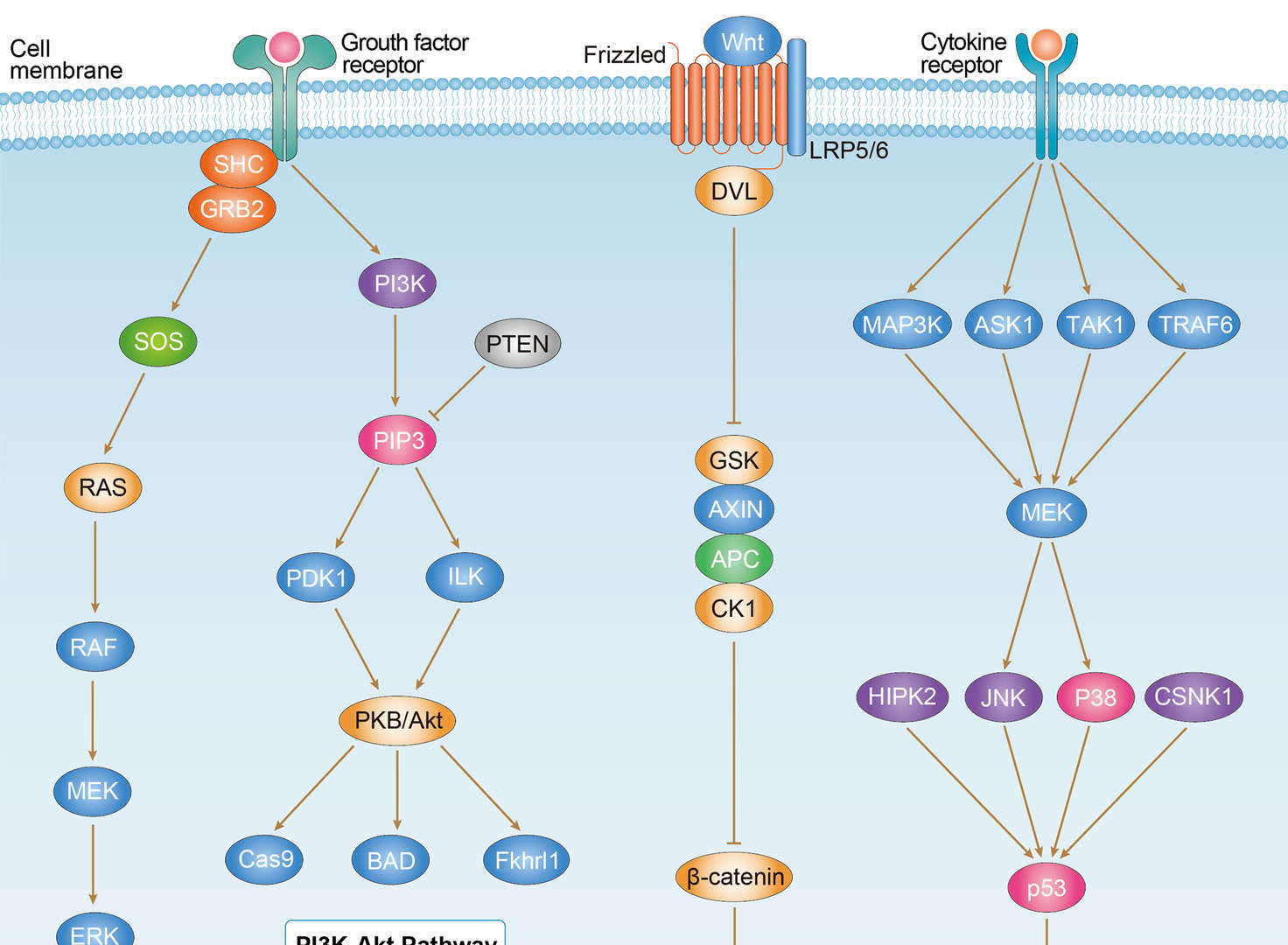 Endometrial Cancer
Endometrial Cancer
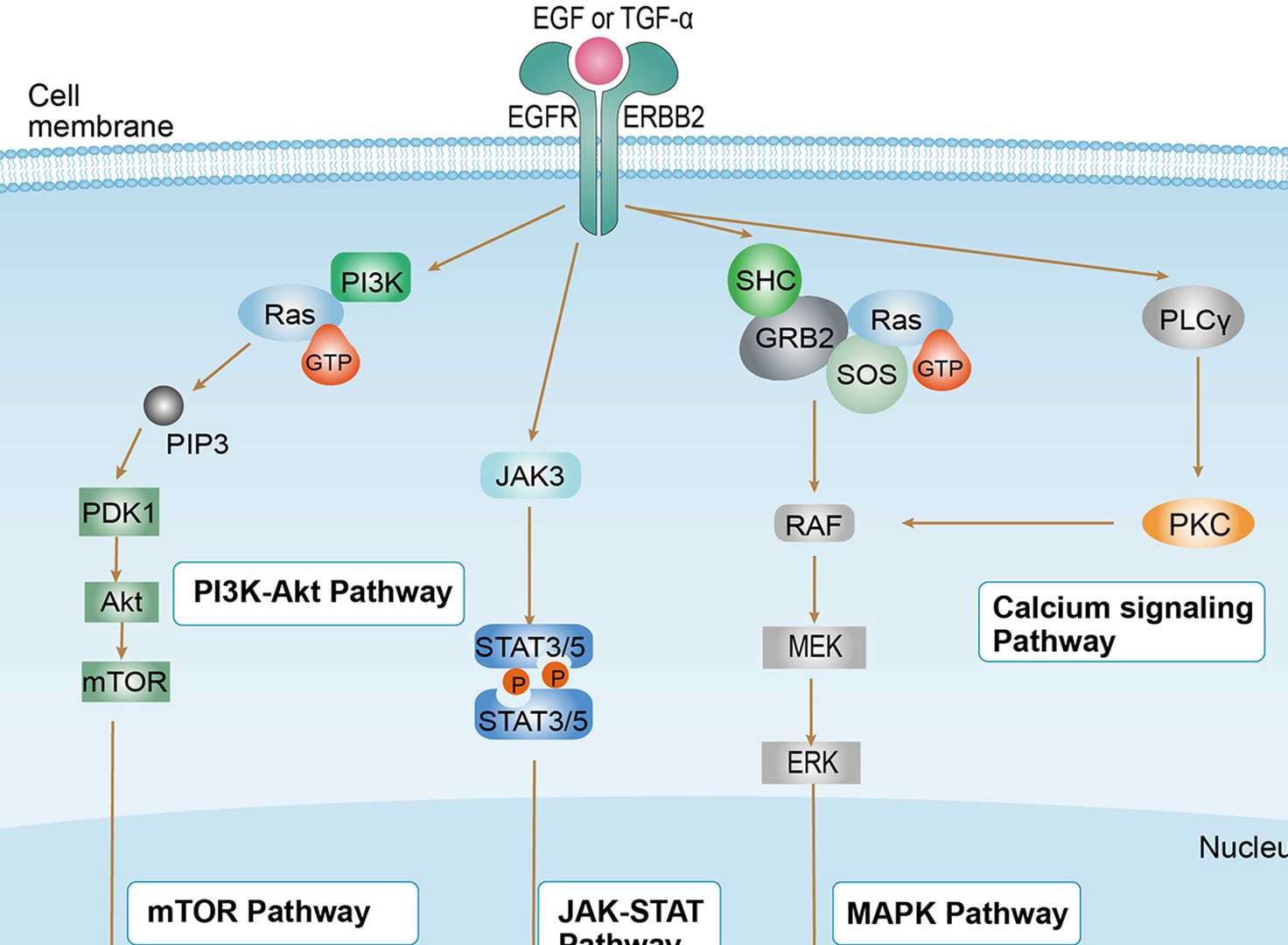 Non-small Cell Lung Cancer
Non-small Cell Lung Cancer
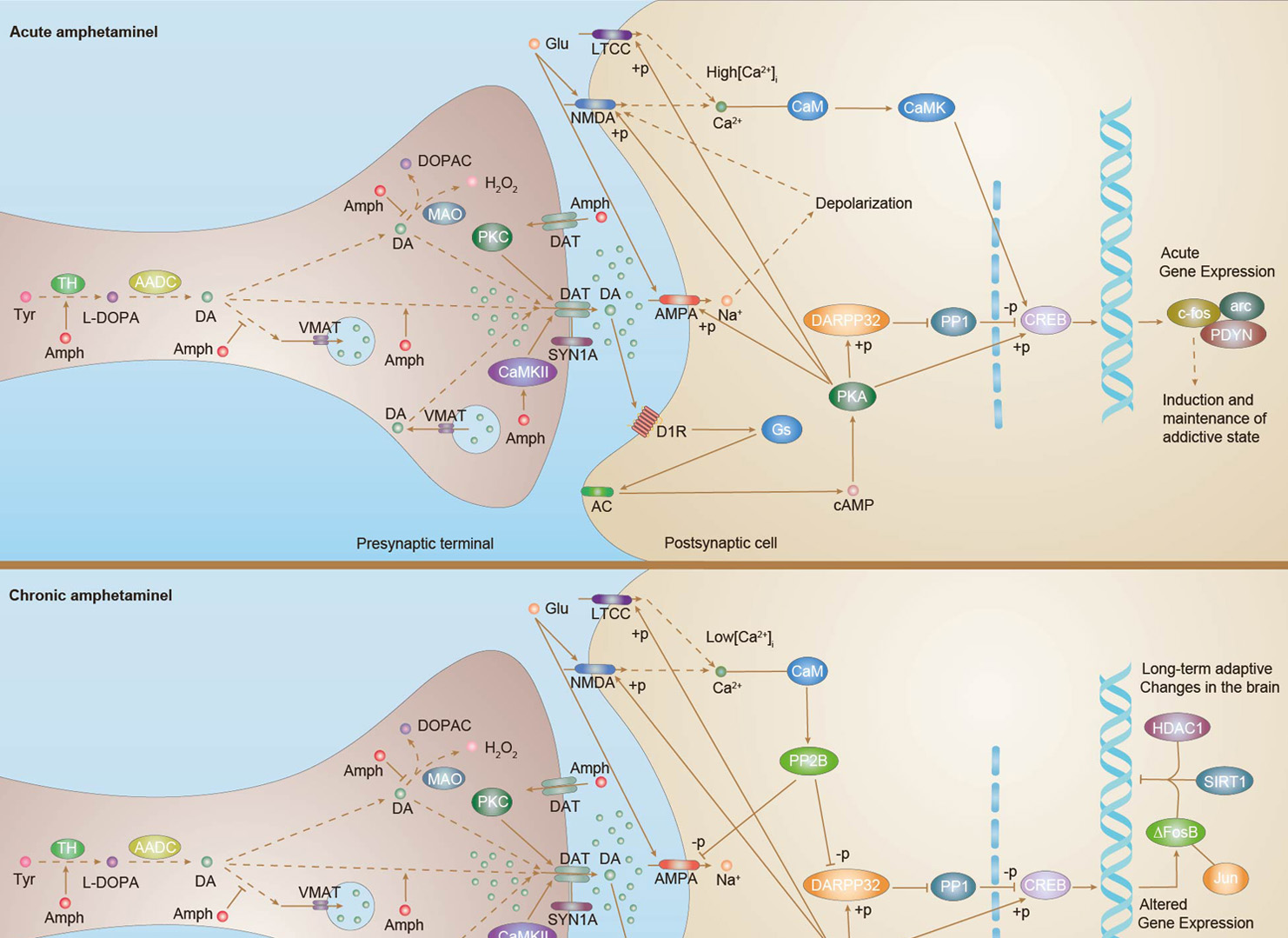 Amphetamine Addiction
Amphetamine Addiction












-2.png)
